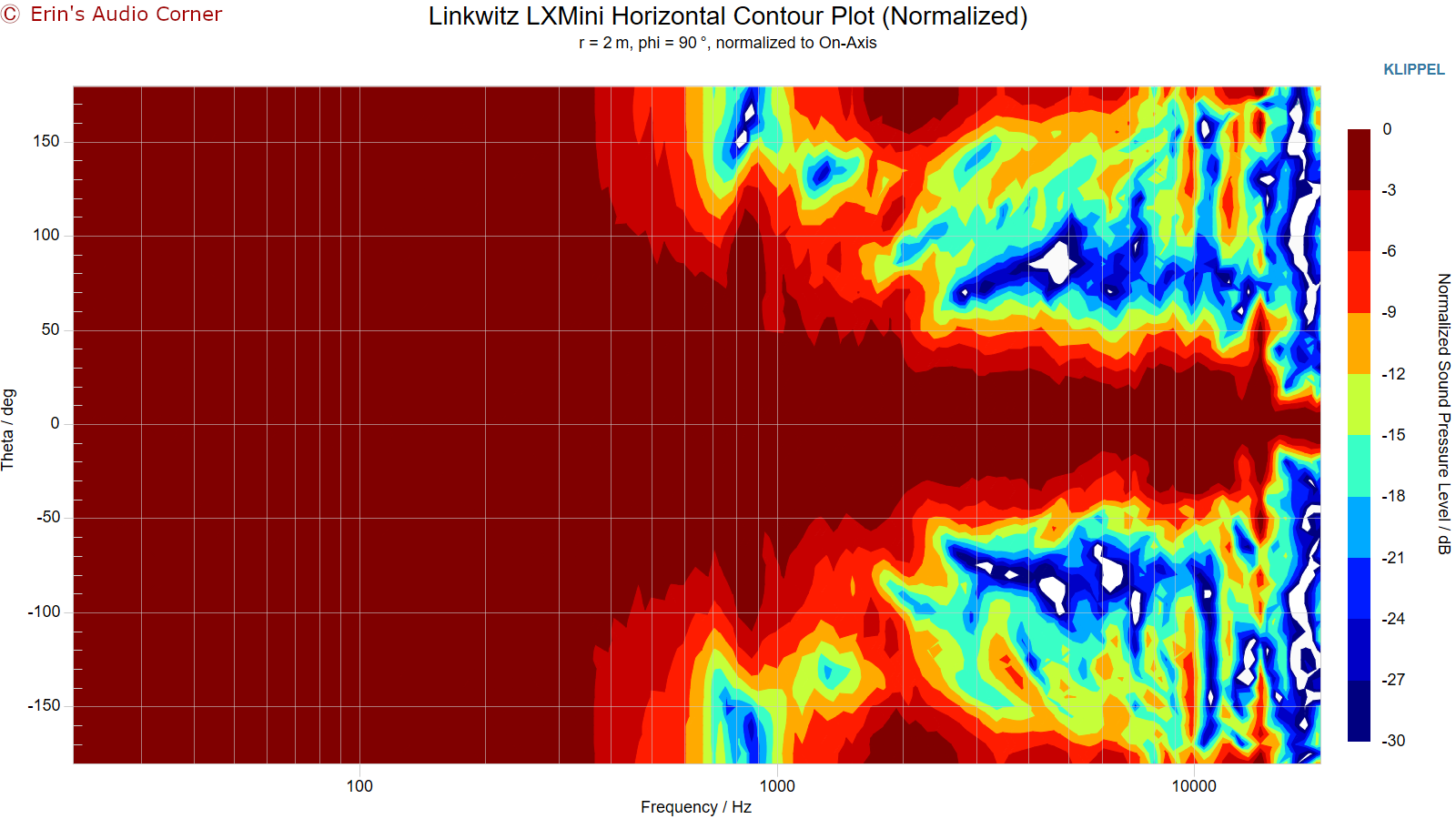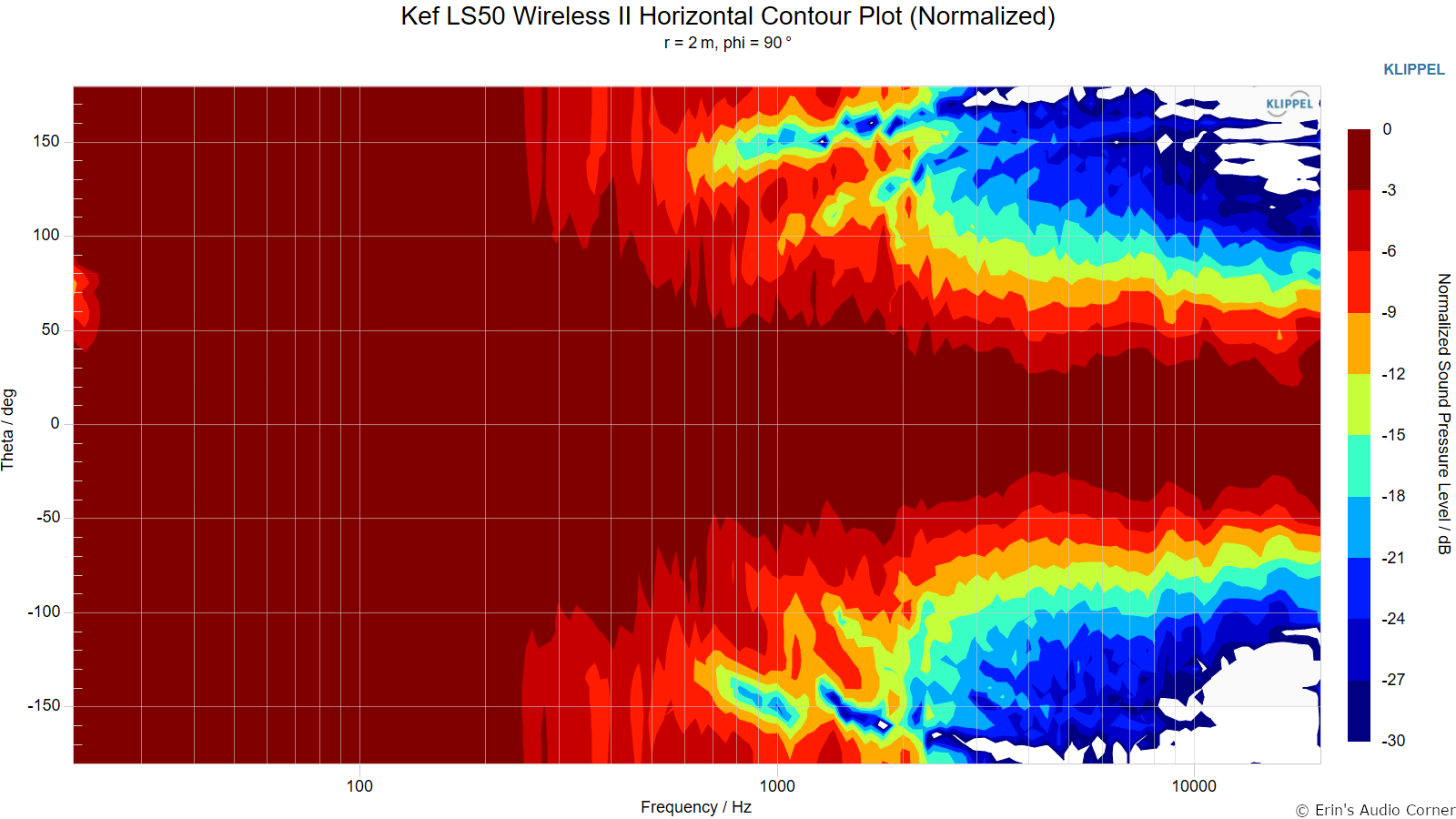@Sal1950, I think I see a consistency in your line of thinking, and I think you and I are taking different roads towards the same intended destination:
... any speaker that is going to be reflecting sounds... from numerous points all over the room, just can't be the right way to technically approach things if an accurate reproduction of the recorded source and it's intended soundstage holds any priority in your bias.
I've always believed in taking the room out of the equation as much as possible.
Of course [Floyd Toole endorses upsampling 2-channel music to get the immersive effect] , plain ole 2 channel is boooooring, LOL
IF (<- and that's a big "if") I'm following your line of thinking here, you DO NOT like the reflection field that stereo speakers generate in a room, but you DO like the reflection field generated by upmixing 2-channel to multi-channel. Is this correct?
If so, then your preferred approach makes a lot of sense to me.
Viewing your approach through my lense, here is what it looks like to me:
You start out with a very clean first-arrival sound; followed by virtually no early reflections (the room having been taken out of the equation as much as possible); followed by a spectrally-correct reflection field which has been derived from the two channels and delivered by the surround speakers. Is this description pretty close?
If so, I think you and I have some common ground after all: We BOTH want the reflection field to be correct, and we have similar ideas about WHAT a correct reflection field looks like, but we are taking very DIFFERENT approaches to getting that correct reflection field. Let me explain my approach, and I hope you will see the similarities in concept, though obviously not in execution:
My preferred approach uses a directional front-firing array toed-in enough to avoid early lateral reflections (which doesn't "take the room out of the equation", but it largely takes the imo undesirable early reflections out of the equation). Then rear-firing drivers add spectrally-correct, relatively late-onset reflections, which arrive after bouncing off at least two room surfaces. These spectrally-correct, late-onset reflections act as "carriers" for the reverberation tails on the recording, delivering them from many directions. Obviously my approach does not work well with room treatments that primarily attenuate the shorter wavelengths.
I DO NOT claim that what I'm doing with regular 2-channel is as effective as what you can do with upmixing. I do however claim that, when adjusted correctly, and given a good recording, my approach can result in the venue spatial quality on the recording being perceptually dominant. The resulting "immersive effect" varies signficantly from one recording to the next, which makes listening to a variety of recordings that much more interesting.
So to sum up, you and I both want a spectrally correct reflection field that supports an immersive spatial quality, the difference being that you're using upmixing and I'm using what might be called optimized off-axis response. And I understand if you don't believe my approach can work because you really have no reason to believe it could.
But do you see any
conceptual common ground between your approach and mine, even though the
specifics of our respective approaches are very different?


